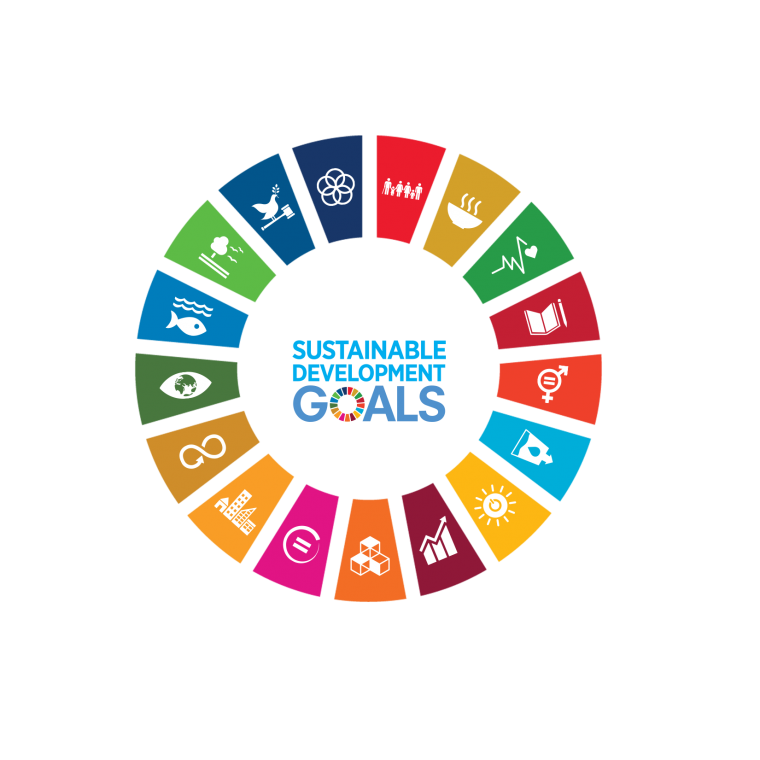Analisis Model Gravitasi Terhadap Migrasi Internasional Tenaga Kerja Indonesia Tahun 2011-2015
DOI:
https://doi.org/10.18196/jerss.v2i1.9944Keywords:
Migrasi Internasional, Model Gravitasi, Tenaga Kerja, Indonesia.Abstract
Migrasi internasional Tenaga Kerja Indonesia (TKI) merupakan fenomena menarik untuk dikaji. Berdasarkan laporan Bank Indonesia mengenai jumlah rata-rata TKI yang melakukan migrasi internasional dari tahun 2011-2015 mencapai 3.9 juta jiwa. Pada penelitian ini, penulis menggunakan model gravitasi sebagai alat untuk melihat hubungan antara jarak dan ukuran ekonomi kedua negara dengan migrasi internasional TKI. Penulis menggunakan beberapa variabel seperti jarak negara asal dengan negara tujuan, Produk Domestik Bruto (PDB) per kapita negara tujuan, Produk Domestik Bruto (PDB) per kapita negara asal, jumlah populasi di negara tujuan, dan kesamaan agama mayoritas antara negara asal dan negara tujuan guna melihat pengaruhnya terhadap migrasi internasional TKI. Data yang digunakan dalam penelitian ini mencakup 26 negara tujuan TKI dari tahun 2011-2015. Alat analisis yang digunakan adalah data panel model random effect. Kemudian penulis menggunakan pendekatan mundlak untuk mengatasi masalah time-invariant. PDB per kapita negara tujuan, PDB per kapita negara asal, jarak, jumlah populasi negara tujuan, dan kesamaan agama mayoritas antara negara asal dan negara tujuan berpengaruh terhadap migrasi internasional TKI. Sebagaimana hasil temuan, variabel jarak berpengaruh negatif terhadap migrasi internasional TKI, PDB per kapita negara asal berpengaruh negatif, sementara PDB per kapita negara tujuan berpengaruh positif. Maka dari itu, dapat disimpulkan bahwa model gravitasi cukup relevan diterapkan pada kasus migrasi internasional tenaga kerja Indonesia.References
Bogue, D. J. (1952). A Methodological Study of Migration and Labor Mobility in Michigan and Ohio in 1947. Oxford, Ohio: Scripps Foundation, Miami University.
Greenwood, Michael J. (1969). The determinant of Labor Migration in Egypt. Journal of regional Science 9(2), 283-290. https://doi.org/10.1111/j.1467-9787.1969.tb01341.x
Hugo, J. G. (1995). Effects of International Migration on the Family in Indonesia. Asian and Pasific Migration Journal, 11(1), 13-46. https://doi.org/10.1177%2F011719680201100102
Lee, E. S. (1966). A Theory of Migration. Demography, 3(1), 47-57. Diakses dari http://links.jstor.org/sici?sici=0070-3370%281966%293%3A1%3C47%3AATOM%3E2.0.CO%3B2-B
Lewer, J. J., & Van den Berg, H. (2008). A Gravity Model of Immigration. Management Department Faculty Publications. 22.
Linneman, H. (1966). An econometric study of international trade flows. North-Holland. Amsterdam.
Mayda, A. M. (2005). International Migration: A Panel Data Analysis of Economic and Non-Economic Determinants. Discussion Paper.
Montgomery, D.C., Peck, E.A., & Vining, G.G. (2001). Introduction to Linear regression Analysis, 3rd edition. New York; Wiley,
Mundlak, Y. (1978). On the pooling of time series and cross section data. Econometrica, 46(1), 69-85. https://doi.org/10.2307/1913646
Rachmadi, M. S. (2010). Analisis Migrasi Tenaga Kerja Internasional Indonesia dengan Model Gravitasi. Skripsi. Univesrsitas Airlangga.
Ravenstein, E. G. (1889). The laws of migration. Journal of the Statistical Society of London, 48(2), 167-235. Diakses dari http://www.jstor.orglstable/2979181
Salvatore, D. (1997). Ekonomi Internasional. Edisi kelima jilid 1. Jakarta: Erlangga.
Syaukat, Ahmad. (1997). Faktor-Faktor Yang Menentukan Pilihan Derah Tujuan Migrasi Penduduk Jawa Barat Berdasarkan Data SUPAS 1985. Tesis. Pasca Sarjana Universitas Indonesia
Tinbergen, J. (1962). An Analysis of World Trade Flows in Shaping the World Economy, edited by Jan Tinbergen. Twentieth Century Fund. New York, NY.
Todaro, M. P. (1983). Pembangunan ekonomi di dunia ketiga jilid 2. Jakarta: Ghalia Indonesia.
Ullah, S. M. (2012). Determinants of International Labor Migration from Bangladesh: A Gravity Model of Panel Data. Graduate School of Economics, Ritsumeikan University.
United Nations Population Division. (2000). Replacement Migration: Is it a solution to declining and ageing populations, New York, Population Division, Department of Economic and Social Affairs, ESA/P/WP.160/
Downloads
How to Cite
Issue
Section
License
License
You are free to:
- Share — copy and redistribute the material in any medium or format.
- Adapt — remix, transform, and build upon the material for any purpose, even commercially.
The licensor cannot revoke these freedoms as long as you follow the license terms.
Under the following terms:
- Attribution — You must give appropriate credit, provide a link to the license, and indicate if changes were made. You may do so in any reasonable manner, but not in any way that suggests the licensor endorses you or your use.
- ShareAlike — If you remix, transform, or build upon the material, you must distribute your contributions under the same license as the original.
- No additional restrictions — You may not apply legal terms or technological measures that legally restrict others from doing anything the license permits.

This work is licensed under a Creative Commons Attribution-ShareAlike 4.0 International License.

